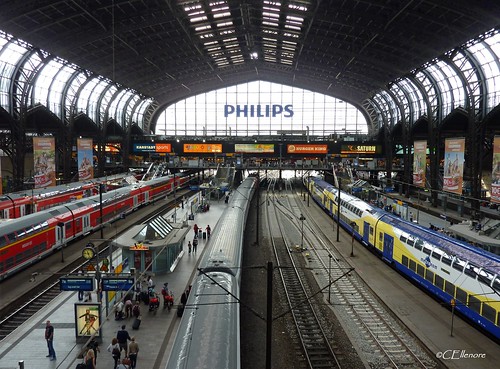Train station platform "safety"
A Newsday article, "Crowded Penn Station platforms have LIRR riders on edge - literally," discusses problems at Penn Station on Long Island Railroad platforms, because the platforms are too narrow for the number of passengers.
The article references Katherine Hunter-Zaworski, a professor at Oregon State University and a co-author of a forthcoming TCRP report on the subject, TCRP A-40 Manual to Improve Safety at the Platform-Train Interface (PTI). (Presentation by Professor Hunter-Zaworski on the outline for the report.)
I am not well traveled, but I have been in train stations in Germany and the UK. The main station in Hamburg is as busy or busier than the busiest train stations in the US.
The big difference is that the platforms are much wider. Hamburg train station.

Liverpool Lime Street Station

Penn Station

Granted LIRR/MTA/Amtrak/USDOT don't want to reconfigure the trackage system under Penn Station because it would be an engineering and cost nightmare, but width of the platforms is the biggest issue. Without changing platform width, everything else is just dealing with the constraints.
It occurs to me in passenger train service there should be a manual like the Shared-Use Path Level of Service Calculator, to determine ideal widths of multi-use trails, based on regular usage numbers.
Labels: architecture, railroad stations, railroads, transit safety, transportation planning, urban design/placemaking



0 Comments:
Post a Comment
<< Home